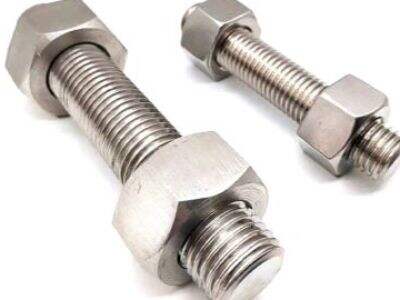Think of a world where wedges do not exist. Without a wedge for the timber to rest on, it would be incredibly difficult to hammer a nail into wood. Wedges are simple but powerful tools essential to the construction of many things we use every day. Here is what to learn how Wedges work and their importance in designing the product.
What Are Wedges?
Wedges are another kind of simple machine formed by two inclined planes that meet in a thin edge. You can also split or separate things by pushing them apart with a wedge. When you split wood for a fire, the wedge used to do so has a sharp, inclined edge that divides the wood into smaller sections. We use wedges in many everyday tasks, like cutting food with a knife, which is also a type of wedge. They allow us to do things more easily and effectively.
Wedges in Product Design
In product design, wedges make products usable, functional, and visually appealing. Wedges help designers make their products better and easier for everyone when they understand how wedges work. A doorstop, for example, is nothing but a wedge holding doors open. By incorporating wedges into the product design process, we can ensure that products are not only functional, but pleasurable to use!
Wedges play a key role in the development of new products
Invention is largely the outcome of wedges that create better and better products. Wedges prove that they fine-tune a product to run better and faster and the design process can be made much faster with these little wedges added into their designs. One thing that is used everywhere, for example, in car design, wedges are employed to save fuel and make cars stay aerodynamic. But this pays off, because cars can drive further on less gas, which is great for our wallets, and great for the environment.
The Secrets of Wedge Design
Wedges are based on the principle of mechanical advantage. So this allows wedges to aid in the motion of heavy-weight objects or to split them apart. If you have a huge stone and you want to lift that, you can use a wedge so that you can lift that without putting much strain. This concept is especially relevant in various fields, such as construction, where tons of weighted materials must be raised.
It’s Better with Wedges
Wedges are also used for the convenience in the manufacturing process and to enhance the quality of the products. If wedges are used in machines and tools made by manufacturers, they can work better, waste little material, and produce accurate products. In factories, machines with wedge designs, for example, are used to cut materials in intricate shapes to help build everything from furniture to vehicles.
Designing Effective Wedges
Thus, in order to design good wedges a designer has to employ both the art and science of product design. Different aspects are to be taken into consideration: What will be the material to use, what the angle of the wedge will be and how the applied force will magnify when the pressure is applied. All of these factors work in unison to produce wedges that perform and visually please. A wedge serves a purpose, so if the design is good, it also becomes an attractive product in itself.
Wedges Do You have any wedges that can help you be more productive?
With wedges, manufacturers can increase both the quantity produced and the quality of the product. The addition of wedges to products and production processes allow companies to operate more efficient while also saving money and building better products overall. Wedges are useful devices that enhance safety and functionality, from your tools to your furniture.
Conclusion
Finally,gear box of wind turbine are intuitive yet powerful devices that play a crucial role in product design. By learning about how wedges work, designers can come up with new products that are useful, efficient, and appealing to everyone. Mastering the art and science of wedges can transform how we design and create the products that make our lives easier and more fun today. So, wedges actually save us in several ways, and their significance in our everyday lives is beyond reason!

 EN
EN
 AR
AR
 BG
BG
 HR
HR
 CS
CS
 DA
DA
 NL
NL
 FI
FI
 FR
FR
 DE
DE
 EL
EL
 IT
IT
 JA
JA
 KO
KO
 NO
NO
 PL
PL
 PT
PT
 RO
RO
 RU
RU
 ES
ES
 SV
SV
 TL
TL
 IW
IW
 ID
ID
 SR
SR
 SK
SK
 SL
SL
 VI
VI
 GL
GL
 HU
HU
 TH
TH
 TR
TR
 FA
FA
 GA
GA
 CY
CY
 IS
IS
 KA
KA
 LA
LA
 MI
MI

